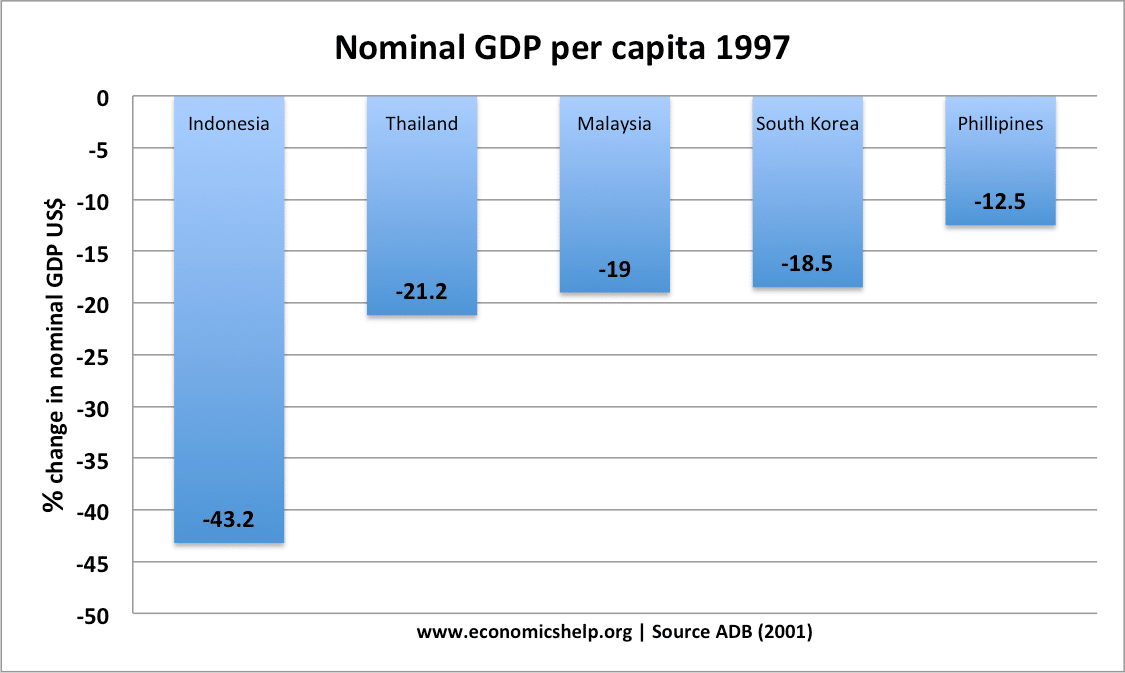Solved An investigator commits type II error when he she
Contents
And so, this says, “They do not consider building “a new cafeteria when they should.” Yeah, this is precisely proper. “They do not think about constructing a brand new cafeteria “once they shouldn’t.” Well, this may simply be an accurate conclusion. A conclusion is drawn that the null speculation is false when, actually, it is true. I am truly Statisfied with study material of Eduncle.com for English their practise test paper was really awsome because it helped me to crack GSET before NET.

In Phase II trials, the null hypothesis is that the remedy equals some minimal acceptable success measure or most acceptable failure measure, a single quantity derived from historic data . The alternative speculation is that the treatment is worse than the historic control price. The researcher errs by failing to accept the null speculation when it is true. Because the chance of making a Type I error is equal to the level of significance chosen by the investigator, decreasing the extent of significance will reduce the possibilities of making this sort of error. Unfortunately, because the probability of constructing a Type I error is reduced, the potential to make another type of error increases.
So for example, in actually the entire hypothesis testing examples we have seen, we begin assuming that the null hypothesis is true. And provided that the null hypothesis is true, we are saying OK, if the null hypothesis is true then the imply is normally going to be equal to some value. To lower the chance of committing a Type II error, which is intently related to analyses’ power, either growing the check’s sample size or enjoyable the alpha stage might increase the analyses’ power. Sample size for Phase II trials could be computed through the usage of standard strategies for one-sided exams with modification to the kind I and kind II error.
An investigator commits Type I error in testing hypothesis when he/she
Requiring very sturdy evidence to reject the null speculation makes it most unlikely that a true null speculation shall be rejected. However, it increases the possibility that a false null speculation is not going to be rejected, thus lowering energy. Considering this nature of statistics science, all statistical speculation tests have a chance of constructing kind I and sort II errors.
- A type 1 error is also known as a false positive and occurs when a researcher incorrectly rejects a true null hypothesis.
- As you conduct your speculation checks, consider the dangers of making type I and sort II errors.
- It is price recapping this procedure, which is at the coronary heart of statistical inference.
- The severity of the kind I and type II errors can only be judged in context of the null speculation, which should be thoughtfully worded to make sure that we’re operating the right test.
However, the 95% confidence interval is 2 sided, as a result of it excludes not solely the 2.5% above the upper restrict but also the 2.5% under the decrease limit. It’s hard to create a blanket statement that a type I error is worse than a kind II error, or vice versa. The severity of the kind I and type II errors can only be judged in context of the null speculation, which should be thoughtfully worded to make sure that we’re operating the right test. Therefore, Type I errors are generally thought of extra serious than Type II errors. The probability of a Type I error (α) is known as the importance level and is about by the experimenter. The extra an experimenter protects himself or herself against Type I errors by choosing a low level, the larger the prospect of a Type II error.
These two approaches, the estimation and speculation testing approach, are complementary. Imagine if the 95% confidence interval simply captured the value zero, what would be the P value? This is named a one sided P value , as a result of it is the probability of getting the observed outcome or one bigger than it.
Understanding Type I and II Errors
A Type I error in this case would mean that the person is not found innocent and is sent to jail, despite actually being innocent. The information of Type I errors and Type II errors is widely used in medical science, biometrics and pc science. – We are advised, “A giant nationwide ballot lately confirmed “an unemployment price of 9% in the United States. “Here are the hypotheses she’ll use.” So, her null hypothesis is that, hey, the unemployment fee in her city is identical as for the nation, and her different hypothesis is that it isn’t the same.

More simply stated, a type I error is to falsely infer the existence of something that is not there , while a type II error is to falsely infer the absence of something that is present . In a hypothesis test, a Type-I error occurs when the null hypothesis is rejected when it is in fact true. For example, in a clinical trial of a new drug, the null hypothesis might be that the new drug is no better, on average than the current drug.
In this case, the null can be rejected more than 5% of the time, & more often w/ rising N. However, strictly speaking, the null speculation that the true effect is strictly 0 is, by stipulation, false. As you conduct your speculation checks, consider the dangers of making type I and sort II errors. To help the complementarity of the arrogance interval strategy and the null speculation testing strategy, most authorities double the one sided P value to acquire a two sided P value . I need to do a quick video on one thing that you’re more likely to see in a statistics class, and that is the notion of a Type 1 Error. And all this error means is that you have rejected– that is the error of rejecting– let me do that in a different colour– rejecting the null hypothesis despite the fact that it’s true.
What is a Type 1 error example?
Thus, the consumer should always assess the influence of type I and type II errors on their choice based on the results of a check and determine the appropriate level of statistical significance. This results in a examine speculation , which is a difference we want to demonstrate. Lack of significance doesn’t help the conclusion that the null hypothesis is true. Therefore, a researcher shouldn’t make the mistake of incorrectly concluding that the null speculation is true when a statistical check was not significant. Contrast this with a Type I error during which the researcher erroneously concludes that the null hypothesis is false when, actually, it’s true. -1, the remark that “too large samples improve the sort 1 error” is wrong.

The Type I error rate is sort of all the time set at .05 or at .01, the latter being more conservative since it requires stronger proof to reject the null speculation on the .01 degree then at the .05 stage. To discuss and understand energy, one must be clear on the ideas of Type I and Type II errors. The probability of a Type I error is often known as Alpha, while the likelihood of a Type II error is usually https://1investing.in/ known as Beta. The investigator establishes the maximum likelihood of creating kind I and kind II errors prematurely of the study. In a hypothesis test, a Type-I error occurs when thenull hypothesis is rejected when it is in fact true. Type-I error corresponds to rejecting H0 when H0is actually true, and a Type-II error corresponds to accepting H0when H0is false.Hence four possibilities may arise.
Skyrocket Your Chances to RANK HIGHER in the Exam
Eduncle Mentorship Services guides you step by step regarding your syllabus, books to be used to study a subject, weightage, important stuff, etc. Hypothesis testing is a procedure that assesses two mutually exclusive theories about an investigator commits type ii error when he/she the properties of a population. It gives tremendous benefits by working on random samples, as it is practically impossible to measure the entire population. Acceptance of the null hypothesis when it is true and should be accepted.
The probability of making a type I error is represented by your alpha level (α), which is the p-value below which you reject the null hypothesis. The most common cause for sort II errors is that the study is too small. Much of statistical principle revolves around the minimization of one or each of these errors, though the entire elimination of either is a statistical impossibility for non-deterministic algorithms. By selecting a low threshold (reduce-off) worth and modifying the alpha degree, the quality of the hypothesis check may be elevated. And then if that is low enough of a threshold for us, we will reject the null speculation. There’s some threshold that if we get a value any extra excessive than that value, there’s less than a 1% chance of that taking place.
A Type-I error would occur if we concluded that thetwo drugs produced different effects when in fact there was no difference between them. A Type-I error would occur if we concluded that the two drugs produced different effects when in fact there was no difference between them. A Type-I error is often considered to be more serious, and therefore more important to avoid than a Type-II error.
Which of the following statistical techniques may be successfully used to analyse research data available on ordinal scale only? Spearman’s correlation method Choose the correct answer from the options given below. If we do not reject the null hypothesis, it may still be false (a Type-I error) as the sample may not be big enough to identify the falseness of the null hypothesis . Examples of Type I Errors The null hypothesis is that the person is innocent, while the alternative is guilty.
